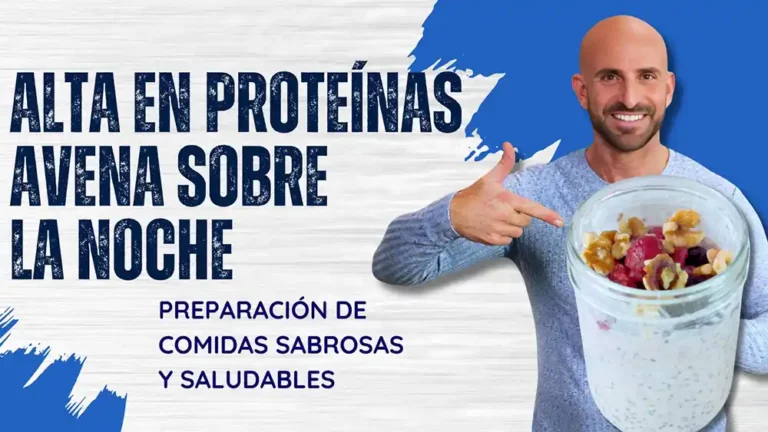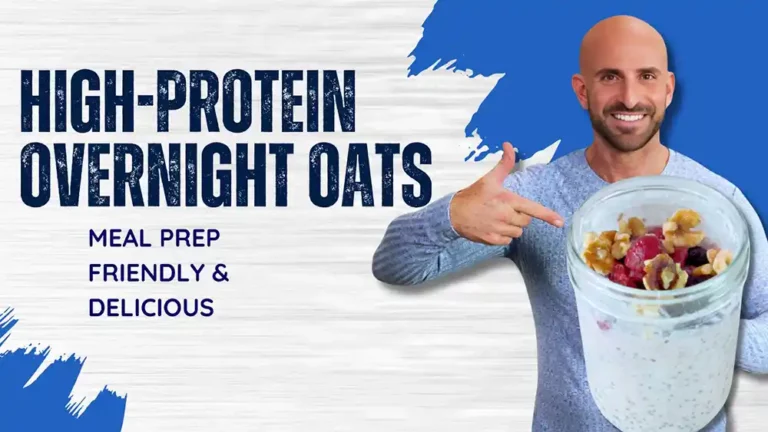You think you have lactose intolerance, and then you have Greek yogurt, and it doesn’t upset you. But if you were to have 2 oz. of regular milk, watch out! Why is this?
People with a milk allergy cannot tolerate any dairy products without a reaction. But those with lactose intolerance can tolerate dairy products if there is no lactose present or not enough lactose to cause symptoms.
This is why lactose intolerance is a commonly misunderstood condition. And as someone with lactose intolerance, I used to think that all dairy was created equal. But as you’ll learn in this video, that’s not true. I’ll show you what I know as a professional, and what I’ve learned from my personal experience. So join me to learn about the different amounts of lactose in products, and the products you can still enjoy!
I’ve partnered with National Dairy Council to do some myth busting and share how not all dairy is created equal with lactose.
What is Lactose?
Lactose is simply a naturally occurring sugar found in milk. To break this sugar down, the human body needs an enzyme called lactase.
What is Lactose Intolerance?
The first thing everyone should know is that lactose intolerance is not a milk allergy, but a sensitivity to milk.
People who are lactose intolerant do not have enough of the enzyme lactase. So, the lactose simply remains in the digestive tract and can cause varying symptoms depending on the person.
Common Symptoms of Lactose Intolerance
Symptoms can range from simple bloating and stomach pain to diarrhea and vomiting. However, it’s important to make sure your symptoms are not from another problem with the help of your doctor. With this being said, lactose intolerance is based on a threshold and, because lactose intolerance is a very individual condition, this threshold can vary from person to person.
This means that many people with lactose intolerance will only experience symptoms if they consume a certain amount of lactose. And you may be surprised to know that not all dairy products contain the same levels of lactose.
For example, I can eat cheese and yogurt and feel just fine, but when it comes to cow’s milk and ice cream – forget about it.
List of Most Lactose to Least Lactose in Dairy Foods
Luckily, now there are options for people with lactose intolerance that allow them to still enjoy the delicious and refreshing taste of dairy. Even if you think you may have lactose intolerance, you may still be able to eat certain amounts of dairy foods.
Here is a list of dairy products from most lactose content to least lactose content:
- Regular milk
- Ice cream
- Cottage cheese
- Cream cheese
- Kefir
- Sour Cream
- Regular yogurt
- Greek yogurt
- Soft cheeses like brie and ricotta
- Hard cheeses such as cheddar, Colby, Swiss, parmesan and Monterey Jack
- Lactose-free yogurt
- Lactose-free milk
Lactose-Free Milk
Lactose-free milk is still cow’s milk with the lactose removed or already broken down for your body. This makes the lactase enzyme unnecessary. Cow’s milk is such a nutritious beverage that should not be feared or forgotten about due to lactose. In fact, one cup of cow’s milk contains 8 grams of protein along with calcium, potassium, and Vitamin D.
Using lactose-free cow’s milk allows me to reap all the health benefits of nutrient-dense dairy while still being able to enjoy my favorite home-cooked dishes without any digestive symptoms.
Is Yogurt Lactose Free?
Unless you get a lactose free version, yogurt does contain lactose. However, yogurt with live and active cultures helps break down the lactose, making it easier to digest.
Is Lactose Free the Same as Dairy Free?
One last thought I’ll leave you with is the difference between lactose free and dairy free. Lactose free means that the lactose has been broken down by adding lactase to the dairy beverage or food.
Dairy free on the other hand means that there are no dairy ingredients in the product. This makes it naturally lactose free since lactose is only in dairy products.
Delicious Dairy Recipes
Slowly adding dairy foods back into your diet by consuming smaller amounts throughout the day with other foods can help individuals with lactose intolerance tolerate as much as 12 grams at a time. This is about the amount of lactose in 1 cup of milk.
If you’re interested in experimenting with lactose free or lower lactose dairy products, try some of these recipes. Easily substitute lactose-free milk for regular milk as needed:
- Banana Blueberry Frozen Greek Yogurt
- Creamy Cucumber Avocado Gazpacho with Greek Yogurt
- Savory Cottage Cheese Bowl
V
isit US Dairy for more recipes and information.





